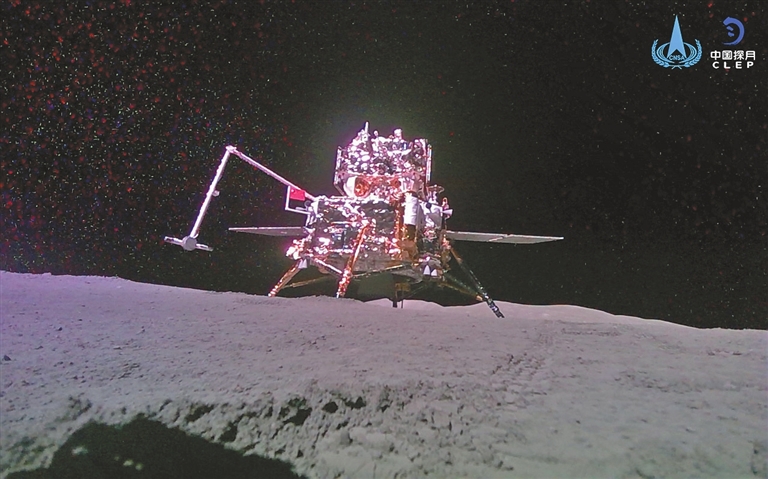

CHINESE scientists have, for the first time, identified micrometer-sized crystals of hematite and maghemite in lunar soil from the moon’s far side. This discovery, made using samples from the Chang’e-6 mission and published in Science Advances, reveals a previously unknown oxidation process. It directly challenges the long-standing view of the lunar surface as a chemically reduced environment and provides key evidence for the origin of magnetic anomalies around the South Pole-Aitken Basin. A research team from several Chinese institutions identified these iron oxides within samples from the solar system’s largest and oldest known impact basin. Using advanced techniques like electron microscopy and Raman spectroscopy, they confirmed the crystals’ structure and verified their origin as native to the moon, ruling out terrestrial contamination. This “lunar rust” forms through a mechanism distinct from Earth’s. The study proposes that during massive asteroid impacts, transient, high-oxygen environments were created. In these extreme conditions, with temperatures between 700 to 1,000 degrees Celsius, iron within troilite minerals was oxidized, forming hematite through vapor-phase deposition. A critical outcome is the simultaneous creation of magnetic minerals — magnetite and maghemite. These are proposed as the carriers for the basin’s observed magnetic anomalies, offering a solution to a long-standing mystery. These minerals could retain a magnetic record of the ancient impacts that formed them. Researchers state this discovery fundamentally enriches our understanding of the moon's geological evolution. The Chang’e-6 mission, the world’s first to retrieve samples from the lunar far side, successfully returned 1,935.3 grams of material in 2024, providing a vital new foundation for future lunar science.(SD-Agencies) | 
